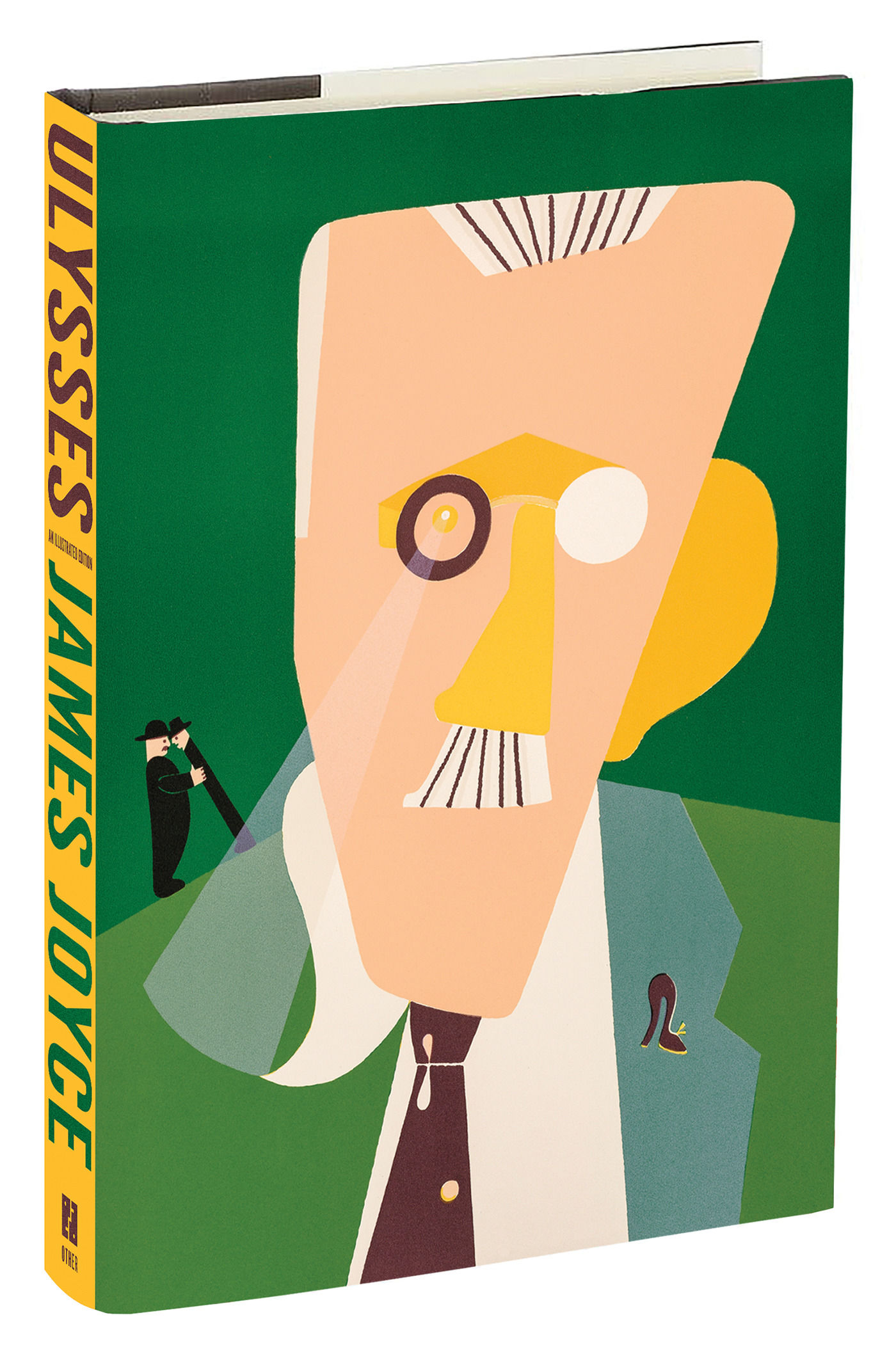The First Illustrated Edition of James Joyce’s Ulysses Gets Published, Featuring the Work of Spanish Artist Eduardo Arroyo

This year will see the long-delayed publication of a version of Ulysses that Joyce didn’t want you to read — not James Joyce, mind you, but the author’s grandson Stephen Joyce. Up until his death in 2020, Stephen Joyce opposed the publication of his grandfather’s best-known book in an illustrated edition. But he only retained the power actually to prevent it until Ulysses‘ 2012 entry into the public domain, which made the work freely usable to everyone who wanted to. In this case, “everyone” includes such notables as neo-figurative artist Eduardo Arroyo, described by the New York Times‘ Raphael Minder as “as one of the greatest Spanish painters of his generation.”

At the time of Ulysses‘ copyright expiration, Arroyo had long since finished his own set of more than 300 illustrations for Joyce’s celebrated and famously intimidating novel. Arroyo noted in a 1991 essay, writes Minder, that “imagining the illustrations kept him alive when he was hospitalized in the late 1980s for peritonitis, an inflammation of the abdominal lining.”
The initial hope was for an Arroyo-illustrated edition to mark the 50th anniversary of Joyce’s death in 1991, but without the permission of the author’s estate, the project had to be put on hold for a couple of decades. When that time came, it was taken up again by two publishers, Barcelona’s Galaxia Gutenberg and New York’s Other Press.

“Some of Arroyo’s black-and-white illustrations are printed in the margins of the book’s pages, while others are double-page paintings whose vivid colors are reminiscent of the Pop Art that inspired him.” His drawings, watercolors and collages include “eclectic images of shoes and hats, bulls and bats, as well as some sexually explicit representations of scenes that drew the wrath of censors a century ago.” For Ulysses’ “710 pages of inner monologue and dialogue, stream of consciousness, blank verse, Greek classics, and the venues and byways of Dublin, 1904,” as the Los Angeles Times‘ Jordan Riefe puts it, are as well known for their formidable complexity as it is for the power they once had to scandalize polite society.

Arroyo, who died in 2018, stayed faithful to Ulysses‘ content. (“Of course there are graphic nudes,” Riefe adds, “especially in later chapters.”) He also succeeded in completing an arduous project that the most notable artists of Joyce’s day refused even to attempt. “Joyce himself had asked Picasso and Matisse to illustrate it,” writes Galaxia Gutenberg’s Joan Tarrida, “but neither took on the task. Matisse preferred to illustrate The Odyssey,” Ulysses’ own structural inspiration, “which deeply offended Joyce.” What Joyce would make of Arroyo’s vital and multifarious illustrations, more of which you can sample at Literary Hub, is any scholar’s guess — but then, didn’t he say something about wanting to keep the scholars guessing for centuries?
You can now purchase a copy of Ulysses: An Illustrated Edition.
Related content:
Henri Matisse Illustrates James Joyce’s Ulysses (1935)
Read Ulysses Seen, A Graphic Novel Adaptation of James Joyce’s Classic
Henri Matisse Illustrates Baudelaire’s Censored Poetry Collection, Les Fleurs du Mal
Read the Original Serialized Edition of James Joyce’s Ulysses (1918)
Every Word of Joyce’s Ulysses Printed on a Single Poster
Why Should You Read James Joyce’s Ulysses?: A New TED-ED Animation Makes the Case
Based in Seoul, Colin Marshall writes and broadcasts on cities, language, and culture. His projects include the Substack newsletter Books on Cities, the book The Stateless City: a Walk through 21st-Century Los Angeles and the video series The City in Cinema. Follow him on Twitter at @colinmarshall or on Facebook.
from Open Culture https://www.openculture.com/2022/02/a-new-illustrated-edition-of-james-joyces-ulysses-gets-published.html
via Ilumina
Comments
Post a Comment